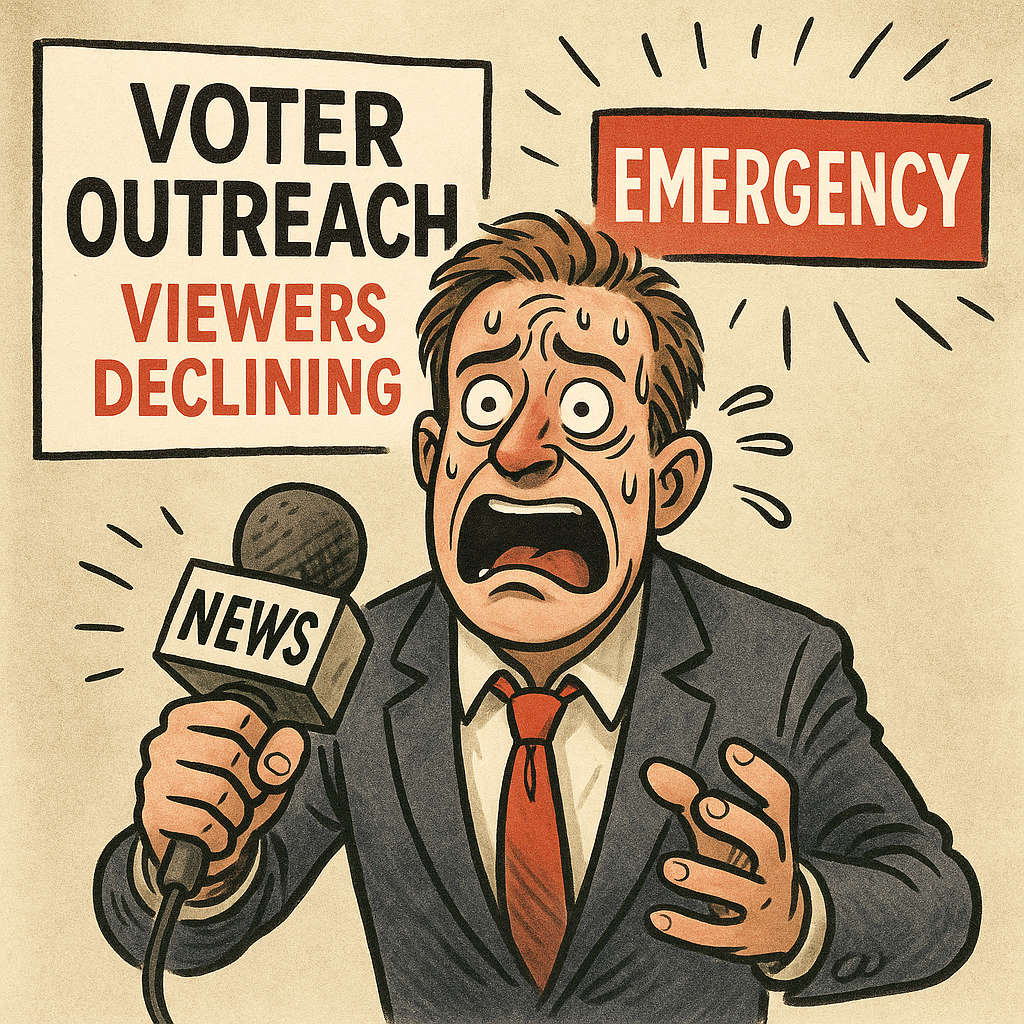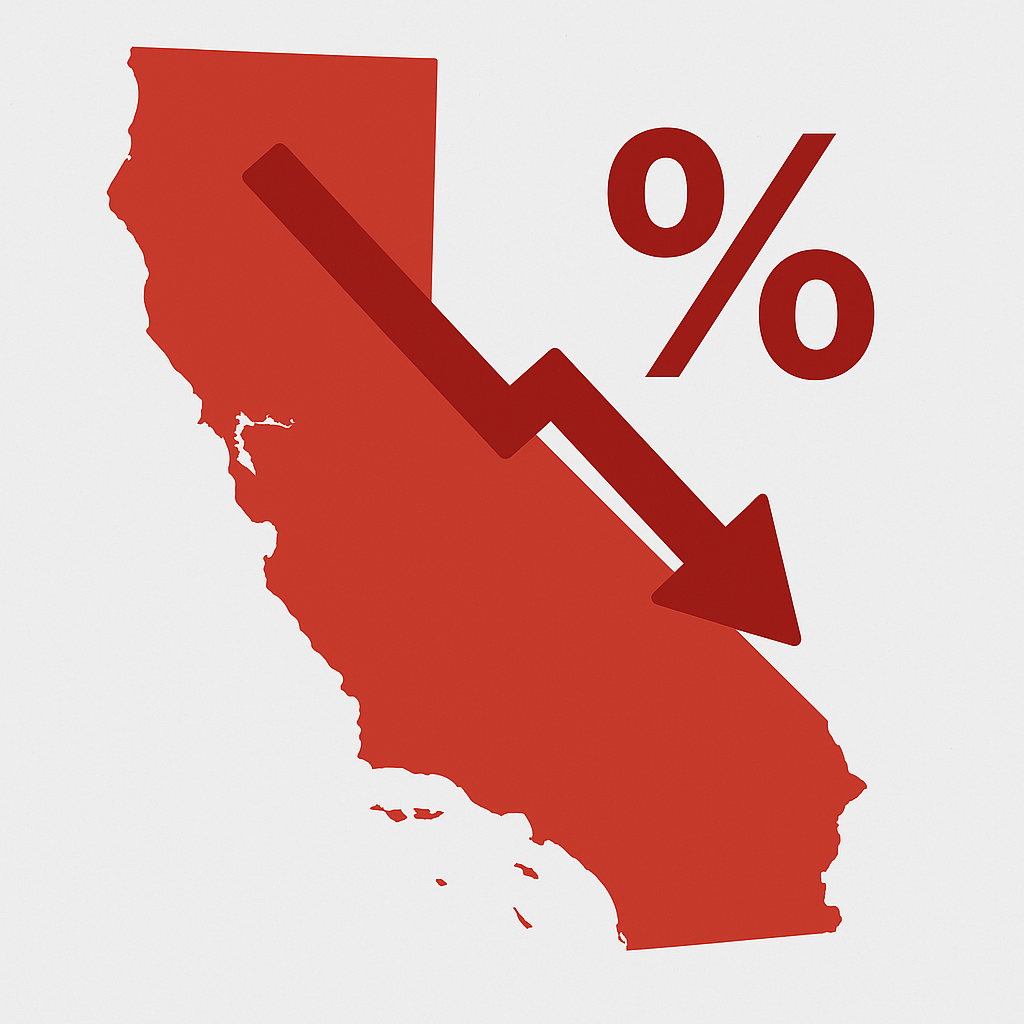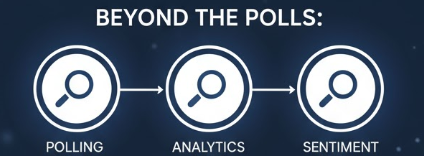Apple’s iOS 26 update introduces advanced call screening and text filtering features that may prevent campaign messages from ever reaching voters.
What to Know:
- Apple’s new iOS features could block campaign texts and calls by default.
- Voters must manually find messages from unfamiliar numbers.
- Peer-to-peer texting and phone banking will be less effective without list hygiene.
- First impressions now rely on short transcripts, not live conversations.
- Campaigns must act before iOS adoption peaks post-September 2025.
Later this year, Apple will roll out iOS updates that fundamentally reshape how political campaigns reach voters. Upcoming AI-powered features on iPhones, Call Screening and the Unknown Senders text filter, will automatically sort or block calls and texts from unfamiliar numbers. This could mean that campaign messages might not reach a voter's main inbox or even trigger a notification.
Image generated by DALL-E
The changes are pitched as anti-spam tools, but their downstream effect is political. As of 2024, Campaign Trend reports that iPhones are used by more than half of American voters and nearly two-thirds of political donors. These filters are a systemic shift in voter communication strategy.
Understanding the iPhone Update
Apple’s new privacy features are poised to reshape how campaigns reach voters by phone. Call Screening acts as a gatekeeper for any number not saved in a contact list. Instead of the phone ringing, the iPhone answers on behalf of the user, requests the caller’s name and reason for calling, transcribes the message in real time, and only then gives the user the option to pick up.
For political campaigns, this means robocalls and volunteer phone banks are likely to hit a wall before a voter even hears the pitch. At the same time, the Unknown Senders filter creates a parallel inbox for all text messages from unsaved numbers. Small, often unnoticed badges appear in a hidden second tab without alerts, previews, or vibrations.
|
What Happens When a Campaign Calls an iPhone with Call Screening On Sarah, a volunteer phone banker, dials a voter. On the voter’s iPhone, the call doesn’t ring. Instead, a message pops up: “Screening Call...” A robotic voice answers for the voter: “Who’s calling, and why?” Sarah starts to speak: “Hi, I’m with Harris for Senate, just calling to remind you to—” But the iPhone’s AI mishears it: “Hi I’m with hair is four cents just calling…” The voter, sipping coffee, glances at the screen, reads the half-garbled message, and hits Decline. The phone never rings. Back at the phone bank, Sarah stares at the dead line. “That’s the third one this hour,” she mutters. A follow-up text goes out automatically after a decline in the system: “Hey! Just making sure you’re ready to vote for Harris this fall!” It lands in the voter’s Unknown Senders inbox. No buzz. No preview. No alert. Just silence. |
Implications for Campaigns
Apple’s iOS 26 update could quietly gut some of the most relied-upon voter contact methods. Peer-to-peer texting, long hailed as a personalized way to drive turnout, now faces major friction unless the recipient has saved the number. Even tailored, relational messages could vanish into the Unknown Senders tab, leading to lower open rates and delayed responses. On Election Day, same-day GOTV nudges risk getting lost in a buried folder instead of landing in voters’ hands when it counts.
Data source from Campaign Trend
Phone banking isn’t safe either. With live Call Screening transcribing only the opening line of a call, every second counts. If the script isn’t concise, credible, and crystal clear, the recipient will never hear the pitch. A line like “Hi, this is a volunteer with the Johnson for Senate campaign—can I count on your vote?” needs to be ruthlessly trimmed without losing its persuasive core.
This shift forces campaigns to rethink list quality and engagement strategy. Old, cold numbers and unresponsive contacts aren’t just inefficient—they’re algorithmically ghosted. Without stronger data hygiene and smarter scripting, campaigns could end up yelling into the void.
Strategic Shifts to Consider
Campaigns need to adapt quickly. With iOS 26 turning phone calls into a single transcribed line, volunteers must deliver clear, branded, urgent scripts in just a few words. Texting strategies also need to change. Messages may not appear in the main inbox, so texts should lead with value in the first 40 characters, encourage contact saving, and connect with email or app channels that are harder to block.
It is also essential to build recognition. The campaign’s phone number should appear in ads, mailers, and all outreach to boost familiarity and trust. Supporters should be asked early to save the number, using thank-you texts or social media prompts. Campaigns should use 2025 to test what works, from message performance to sender number success, before the next big election year.
|
Legal and Compliance Notes Apple’s new call and text filters are launching at the same time carriers are tightening rules through systems like 10DLC and A2P registration. Together, these changes can block or silence campaign messages entirely.
If your campaign skips opt-in consent, uses dirty lists, or sends anything that looks like spam, your texts may never arrive. Now is the time to clean your data, confirm permissions, and follow all carrier rules to stay visible. |
Wrap Up
Apple’s update is not a small technical adjustment. It is a fundamental change in how campaigns connect with voters. Traditional tools like phone calls and text messages are no longer guaranteed to reach people. Filters now decide what gets through and what gets silenced. The 2026 midterm elections will be the first national test of these new rules. Campaigns that do not respond will be left behind. Messages will go unseen. Volunteers will waste time. Entire contact programs may collapse without warning.
To stay in the game, campaigns must change how they operate. They need to focus on building trust early, securing permission from voters, and making their contact information familiar and recognizable. Every message should deliver value from the start. Every phone number and email must be tested and tracked. This is not about panic. It is about preparation. The campaigns that adjust now will keep their voice. The ones that wait will find themselves ignored, filtered out, and forgotten.

.png)



